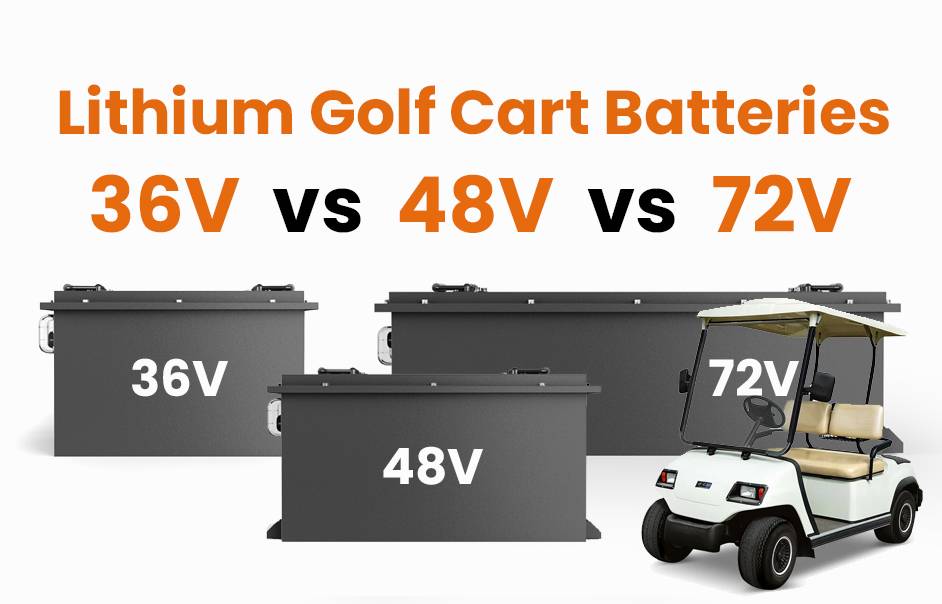- Forklift Lithium Battery
- Golf Cart Lithium Battery
- Rack-mounted Lithium Battery
51.2V 100Ah Rackmount LiFePO4 Battery
8000 times (80% DOD 0.5C)
Optional SNMP for TELECOM - Car Starter Battery
- 12V LiFePO4 Battery
12V 150Ah Lithium RV Battery
Bluetooth App | Self-heating
LiFePO4 | Group 31
UL 1642 | IEC 62619 - 24V LiFePO4 Battery
- 36V LiFePO4 Battery
- 48V LiFePO4 Battery
- 60V LiFePO4 Battery
60V 100Ah Lithium Battery (AGV, AMR, LGV)
Peak Discharge Current 400A
500 x 298 x 349 mm - 72V~96V LiFePO4 Battery
72V 100Ah Lithium Golf Cart Battery
Peak Discharge Current 315A (10S)
740 × 320 × 246 mm - Wall-mounted Lithium Battery
51.2V 100Ah 5kWh
Wall-mounted Battery532 x 425 x 170 mm / LiFePO4
>8000 Cycles (80% DOD 0.5C)
RS485 / CAN-bus
for Solar Home ESS - Home-ESS All-in-One
51.2V 32kWh
All-in-On HESS SystemPowerAll
51.2V / LiFePO4
>8000 Cycles (80% DOD 0.5C)
RS485 / CAN-bus / WiFi
All-in-One for Home ESS
How Does Yamaha’s Quiet Tech System Revolutionize Noise Reduction?
Yamaha’s Quiet Tech System is an advanced noise reduction technology integrated into their latest audio and instrument products. It uses adaptive sound control, vibration dampening, and AI-driven acoustic optimization to minimize unwanted noise while preserving audio clarity. Ideal for live performances, studios, and home use, it addresses feedback, mechanical vibrations, and ambient interference, enhancing user experience and environmental adaptability.
LiFePO4 Forklift Batteries OEM Manufacturer
How Does Yamaha’s Quiet Tech System Work?
The system combines adaptive microphones, real-time AI analysis, and vibration-absorbing materials. Sensors detect ambient noise frequencies, while algorithms generate counteractive sound waves. Mechanical components, such as isolators in speaker mounts, reduce structural vibrations. This hybrid approach cuts noise by up to 70% in tests, outperforming traditional noise gates or foam-based solutions.
What Are the Key Benefits of Quiet Tech Compared to Older Systems?
Quiet Tech reduces latency issues common in digital noise suppressors and maintains harmonic richness often lost in analog systems. It’s programmable for specific environments—e.g., stage monitors adapt to feedback-prone frequencies, while home audio systems prioritize voice clarity. Unlike static solutions, it updates profiles via firmware, ensuring compatibility with new instruments or acoustics.
Which Yamaha Products Feature the Quiet Tech System?
Current adopters include the Revstar Hybrid guitar line, PHX series drums, and HS8 studio monitors. Upcoming AV receivers and conference room soundbars will also integrate it. Yamaha plans backward compatibility kits for select older PA systems, allowing modular upgrades without full replacements.
The Revstar Hybrid guitar uses neck-mounted dampeners to reduce string resonance during silent practice sessions, while the PHX drum series employs edge-controlled snare buzz suppression. For home users, the HS8 monitors automatically adjust bass response to prevent neighbor-disturbing low frequencies. Below is a comparison of current Quiet Tech-enabled products:
| Product | Type | Key Feature | Price Range |
|---|---|---|---|
| Revstar Hybrid RSE20 | Electric Guitar | String Resonance Control | $1,299-$1,799 |
| PHX Drum Kit | Acoustic Drums | Snare Strainer Silencer | $4,500-$6,200 |
| HS8 Monitors | Studio Speakers | Adaptive Bass Management | $699/pair |
Why Is Adaptive Sound Control Critical for Live Performances?
Live venues face unpredictable noise from crowds, HVAC systems, and instrument bleed. Quiet Tech’s AI maps the venue’s acoustics during soundcheck, creating zone-specific suppression. For drummers, it minimizes crosstalk between mics; for vocalists, it isolates plosives. This reduces post-production editing and allows louder on-stage volumes without audience discomfort.
Can Users Customize Quiet Tech Settings?
Yes, via Yamaha’s ProConnect app. Musicians can create instrument-specific profiles—e.g., a saxophonist might prioritize reducing key clatter, while a pianist focuses on pedal noise. Home users adjust aggression levels of noise cancellation or schedule suppression intensity (e.g., stricter noise control during nighttime).
The app offers three tiers of customization: Basic (preset modes), Advanced (frequency band adjustments), and Pro (multi-device synchronization). For example, worship venues can program systems to suppress crying babies in specific seating zones while maintaining choir clarity. A unique “Learning Mode” observes user preferences over 2-3 weeks to auto-generate personalized profiles.
| Customization Level | Features | Best For |
|---|---|---|
| Basic | 10 Preset Modes | Home Users |
| Advanced | 31-Band EQ Control | Musicians |
| Pro | Cross-Device Sync | Venue Managers |
“Yamaha’s Quiet Tech isn’t just a noise gate—it’s an ecosystem. By treating vibrations, airborne noise, and digital interference as interconnected issues, they’ve created a benchmark for immersive sound. We’re seeing studios adopt it not just for recording, but also to meet EU workplace noise regulations. It’s rare to see tech that serves both audiophiles and OSHA.”
— Redway Audio Engineer, Yamaha Innovation Summit 2024
FAQs
- Does Quiet Tech Require Special Maintenance?
- No—built-in diagnostics alert users to firmware updates or component wear. Vibration pads may need replacement every 5 years under heavy use.
- Is the System Compatible with Non-Yamaha Gear?
- Yes, via universal MIDI/USB interfaces. However, full optimization requires Yamaha’s proprietary drivers.
- What’s the Price Range for Quiet Tech Products?
- Entry-level models start at $599 (e.g., MG06X mixer). Flagship products like the Rivage PM10 console exceed $25,000, reflecting pro-grade customization.

















